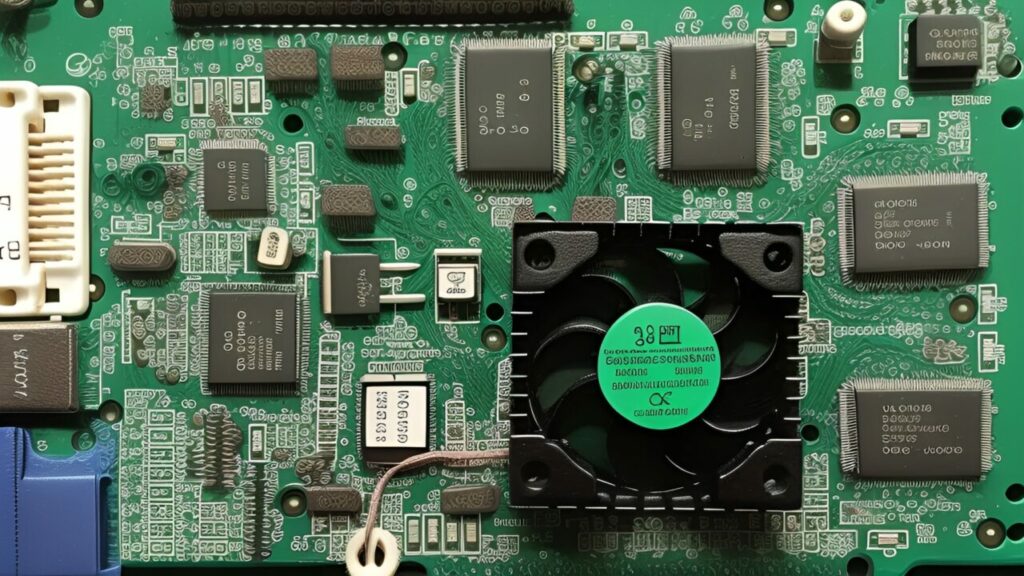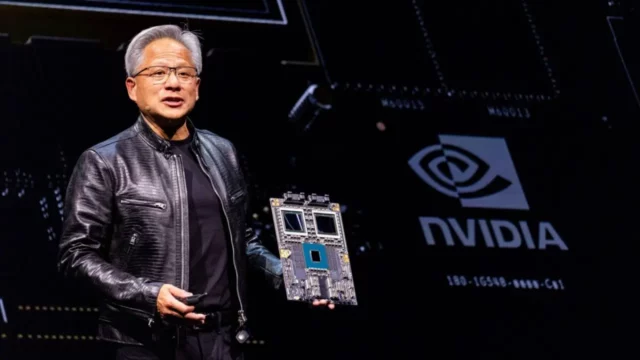Electronic devices are getting smaller every day. Scientists and engineers are breaking new records by using electricity in tiny components. This is where antiferroelectric materials come into play. Researchers at Rice University and UC Berkeley have discovered that types of these materials, particularly lead zirconate, exhibit much higher electromechanical responses compared to piezoelectric materials. Here are the details…
Antiferroelectric materials will be the small and super powerful electronic devices of the future
Antiferroelectric materials perform excellently even when they are only 100 nanometers thick. These materials can effectively convert electrical voltage into mechanical energy. This conversion, which forms the basis of electronic devices, allows the development of smaller and more powerful devices.

Research shows that these materials can also eliminate a problem known as “clamping,” which reduces the performance of materials. Typically, miniature materials lose performance due to the effects of their substrates. However, antiferroelectric materials are not affected by this and, in fact, their performance improves under these conditions.
This discovery could enable the development of smaller and more powerful devices such as Microelectromechanical Systems (MEMS) and Nanoelectromechanical Systems (NEMS). These devices can perform more tasks while consuming less energy and can achieve functions that were previously considered impossible.
This discovery was made possible through years of effort and the development of various new techniques. Researchers were able to observe the crystal structure of these materials in real time and see how they changed shape with applied electrical voltage. Advanced electron microscopes used in this process also increased knowledge in this field.
Antiferroelectric materials will make future electronic devices more efficient and powerful. Thanks to these materials, the devices we use in everyday life will work more efficiently, and new technological innovations will enter our lives. What do you think about antiferroelectric materials? Don’t forget to share your thoughts in the comments below!














